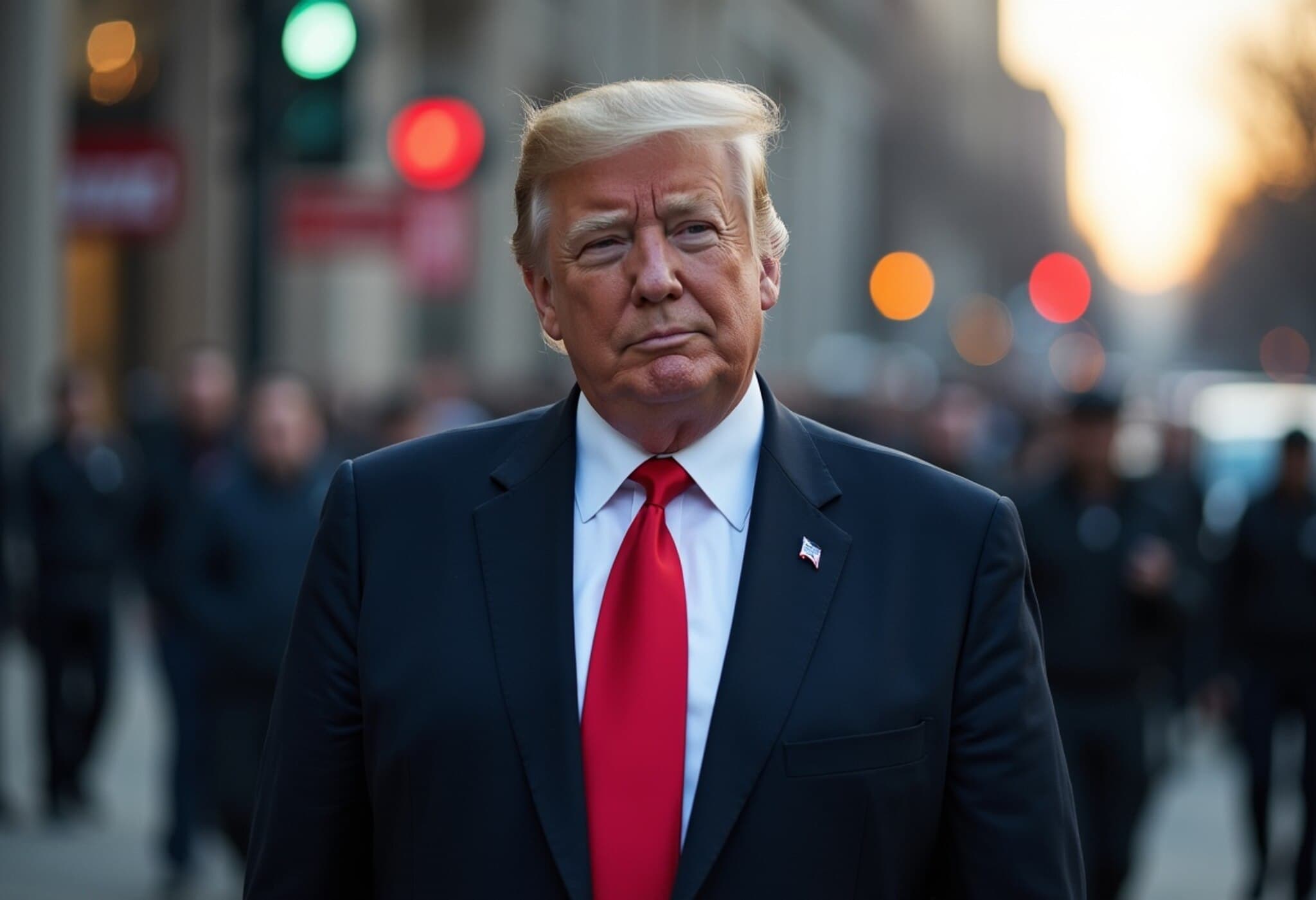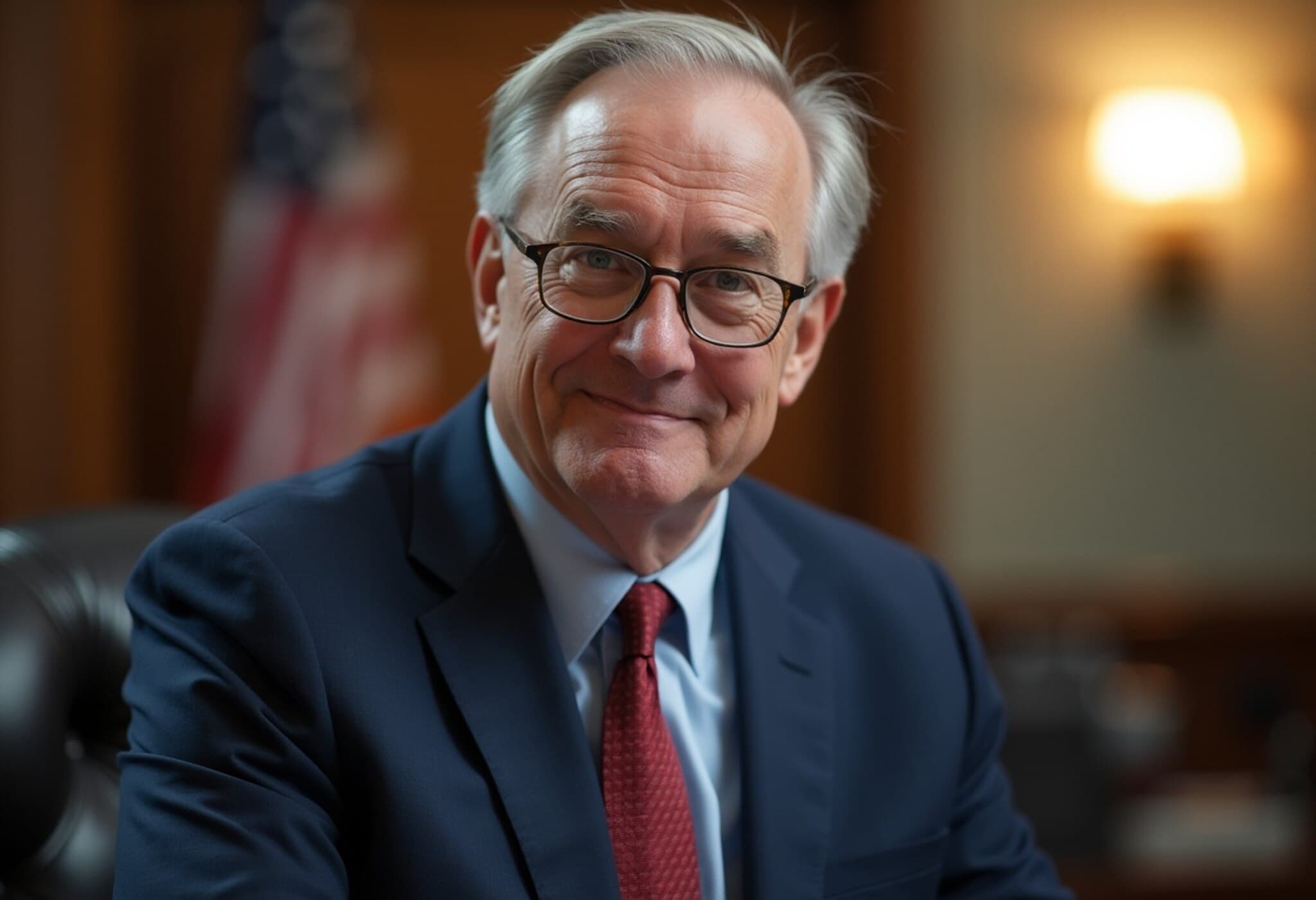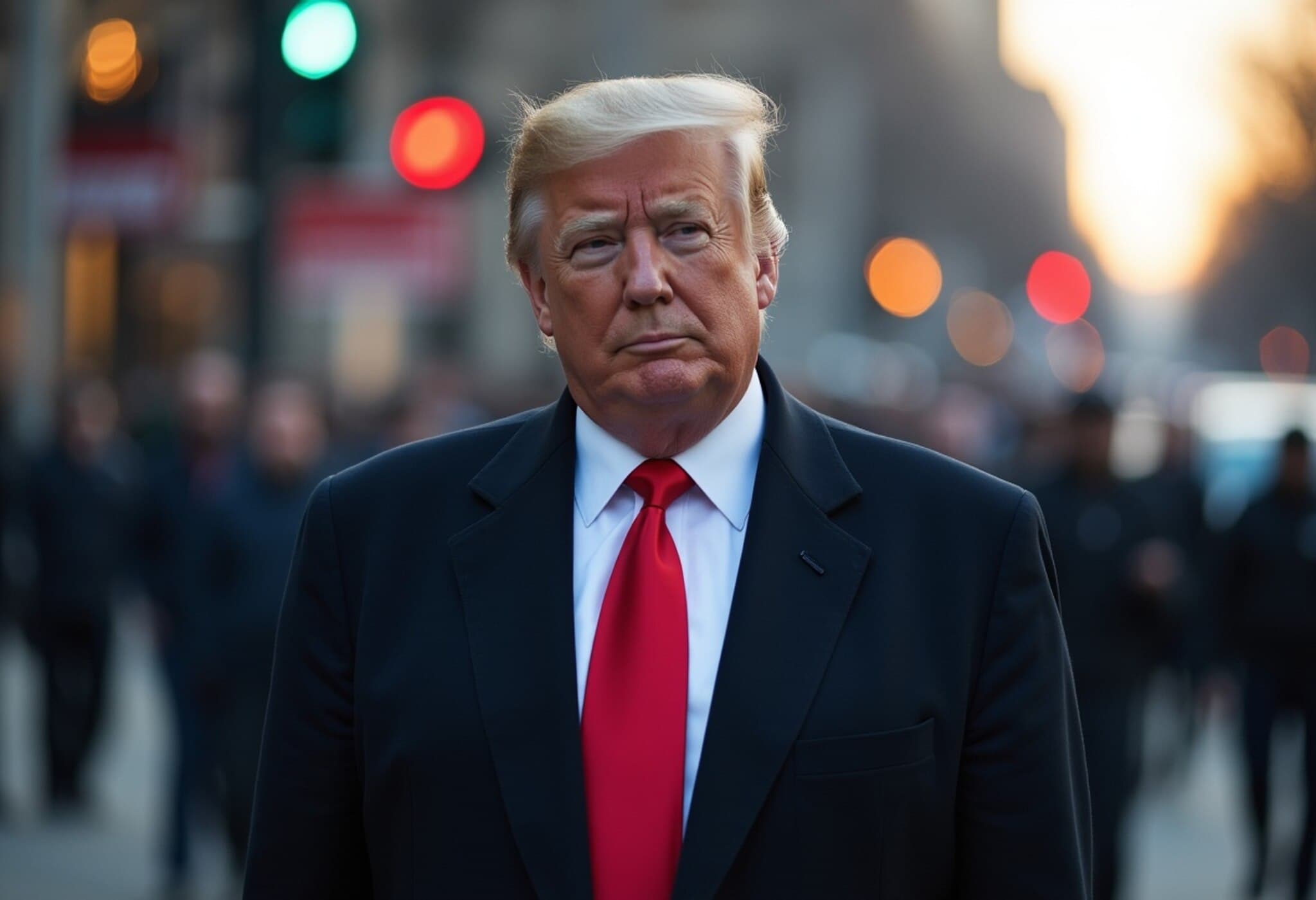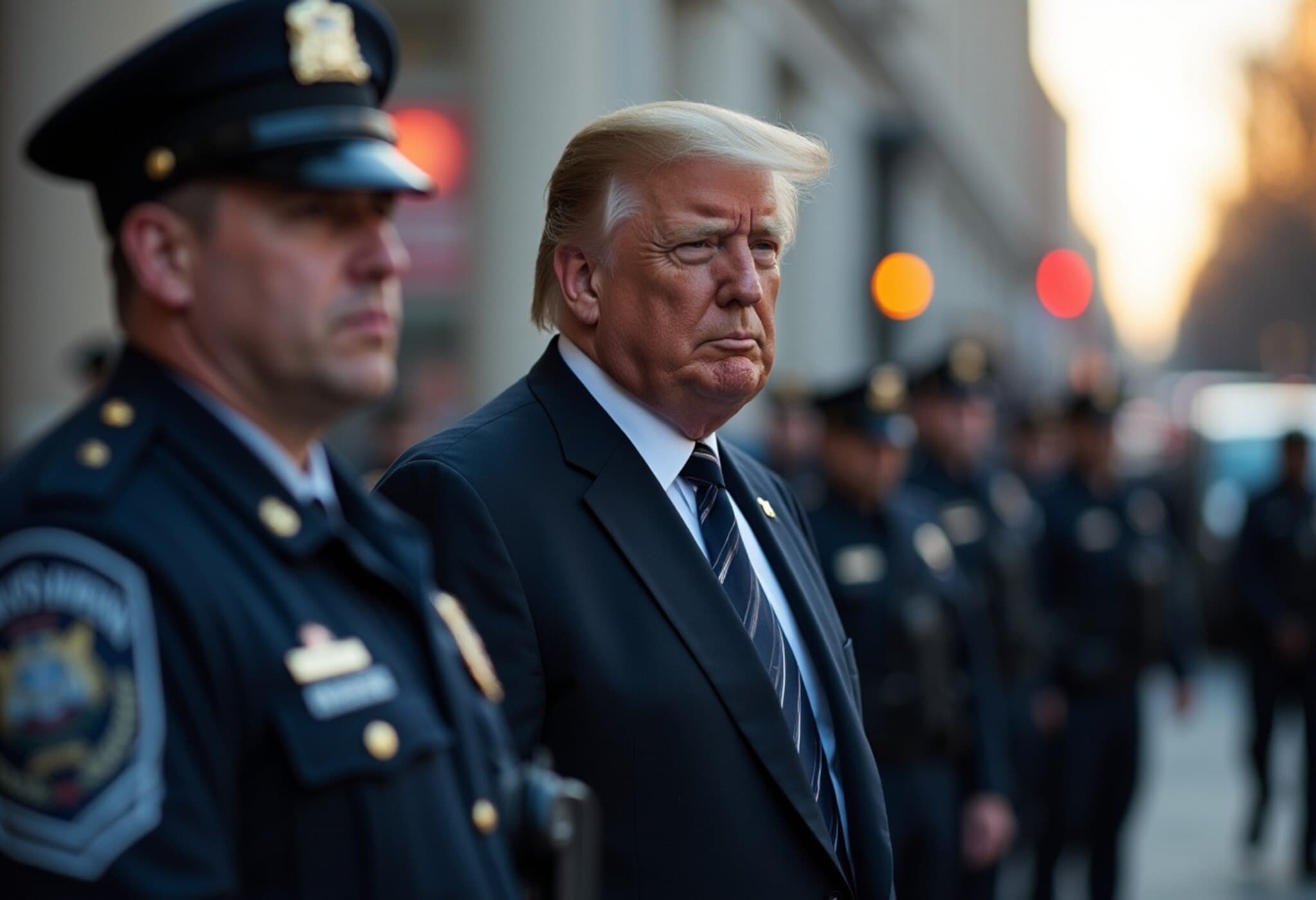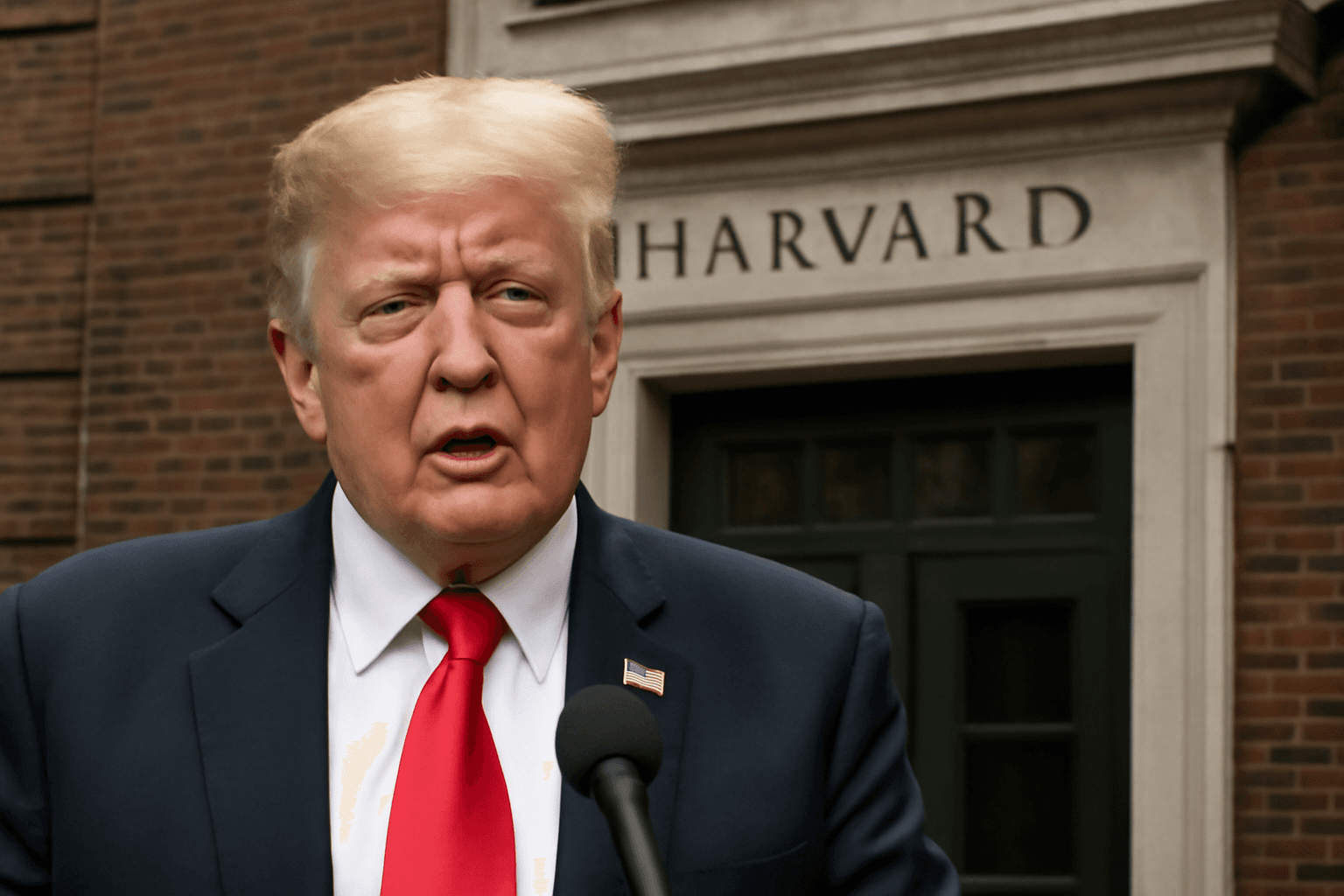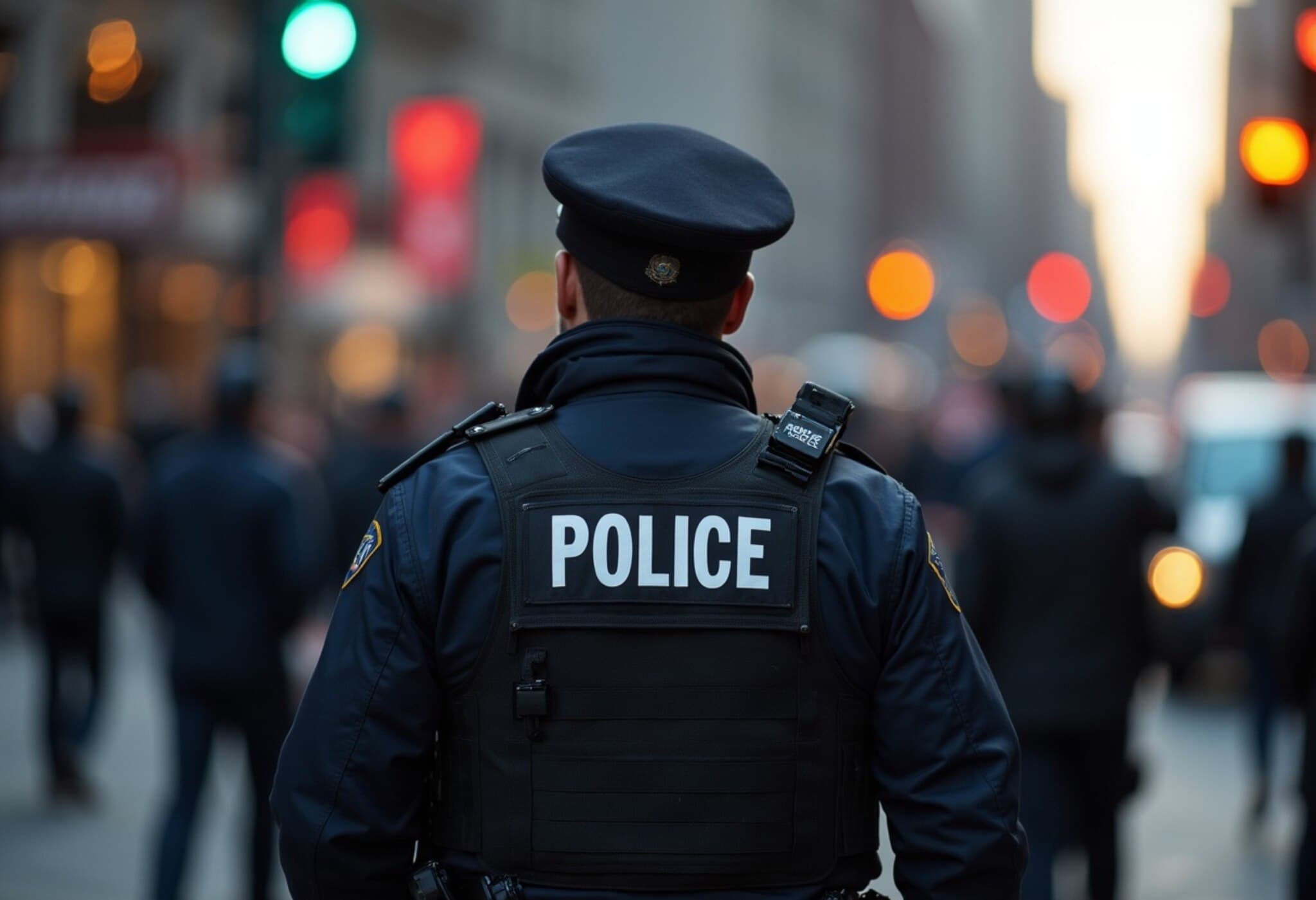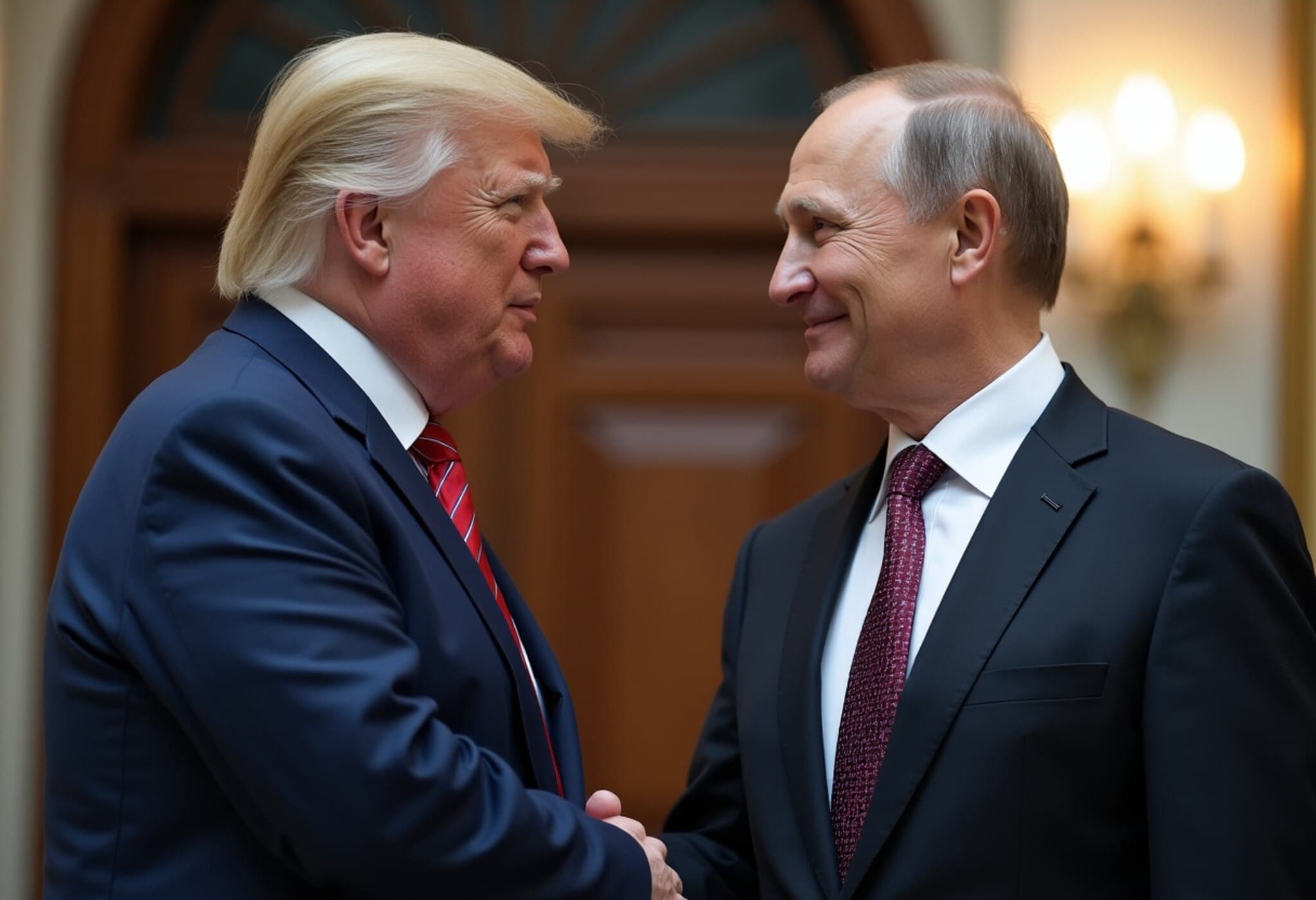Trump’s Federalization of DC Police Sparks Debate Amid Crime Perception Gap
On August 12, 2025, President Donald Trump took the unprecedented step of federalizing Washington, D.C.'s Metropolitan Police Department, deploying National Guard forces to the nation’s capital under the Home Rule Act. Trump depicted the city as plagued by "violent gangs and bloodthirsty criminals," framing the move as a critical measure to curb soaring crime.
However, this alarmist portrayal sharply contradicts federal statistics revealing that violent crime in Washington, D.C., has plummeted to its lowest point in over 30 years. Officials, including D.C. Mayor Muriel Bowser, have pushed back against the narrative, calling it "hyperbolic" and "unsettling," emphasizing that violent crime is not on the rise but rather declining.
Crime Data Paints a Different Picture
While Washington experienced a disturbing spike in homicides and carjackings earlier in the decade— with 2023 marking the highest homicide count since the 1990s —data from the U.S. Department of Justice shows these trends have reversed significantly in 2024 and into 2025. Crime rates for violent offenses have dropped to historic lows, in stark contrast to Trump's depiction.
“We are not experiencing a spike in crime,” Mayor Bowser told MSNBC, reinforcing the data-backed reality that contradicts federal intervention rhetoric.
Perception vs. Reality: An Enduring Divide
Despite the encouraging statistics, a perception persists among many Washingtonians that crime remains a pressing problem. A recent Washington Post survey found that 65% of residents view crime as an "extremely" or "very serious" issue, a higher figure than prior years, even as crime rates fall.
This disconnect illustrates a broader national trend: a University of Southern California poll from July 2025 indicated 34% of U.S. adults believe murder rates have escalated "a lot" since 1990, contrary to evidence that violent crime has generally declined across major cities nationwide.
The Human Element: How Crime Impacts Perception
D.C. Mayor Bowser soberly noted, “It doesn't matter if crime has gone down if you were a victim.” This highlights the emotional toll crime inflicts on individuals and communities, overshadowing statistics and contributing to lingering fears.
Dr. Joseph Asher, a criminologist and co-founder of AH Datalytics, explained to CNBC that people tend to believe crime is rising regardless of data trends. He cautioned policymakers against solely relying on perception or data to shape strategies, suggesting a dual approach that addresses both reality and public sentiment.
Partisan Perspectives Shape the Crime Narrative
Crime perception and policy priorities are deeply divided along partisan lines. According to recent polls, 68% of Republican and Republican-leaning voters prioritize reducing crime as a leading policy issue ahead of the 2024 elections, compared to only 47% of Democrats and their supporters.
Trump's rhetoric has long cast racially diverse, Democratic-led urban areas as hotspots for violent crime—an approach that resonates with suburban voters and fuels calls for "law and order" policies. This dynamic underscores how crime narratives can become intertwined with political strategy and cultural identity.
Looking Forward: Balancing Data, Policy, and Public Confidence
While the recent decline in crime rates in Washington, D.C., is heartening, experts like Dr. Asher caution against complacency. The city’s murder rate, for instance, remains higher than many large metropolitan areas, signaling room for improvement.
- Policymakers must ground their decisions firmly in empirical data.
- Addressing community fears and perceptions is equally vital to cultivating a sense of safety.
- Collaborative efforts between federal, city, and community leaders can help bridge the gap between lived experiences and statistical realities.
In this complex interplay between perception and reality, the federal intervention in Washington, D.C., brings to the fore fundamental questions about crime, governance, and trust in public institutions.
Editor's Note
The debate over crime in Washington, D.C., is more than a political flashpoint—it reflects the enduring challenge of aligning public perception with facts in policy discourse. As the city navigates the ramifications of federal oversight, it's crucial to ask: How can leaders effectively address the fears of communities without overshadowing evidence-based progress? And in an era of polarized narratives, what role do crime statistics play in shaping democratic governance and public trust?

